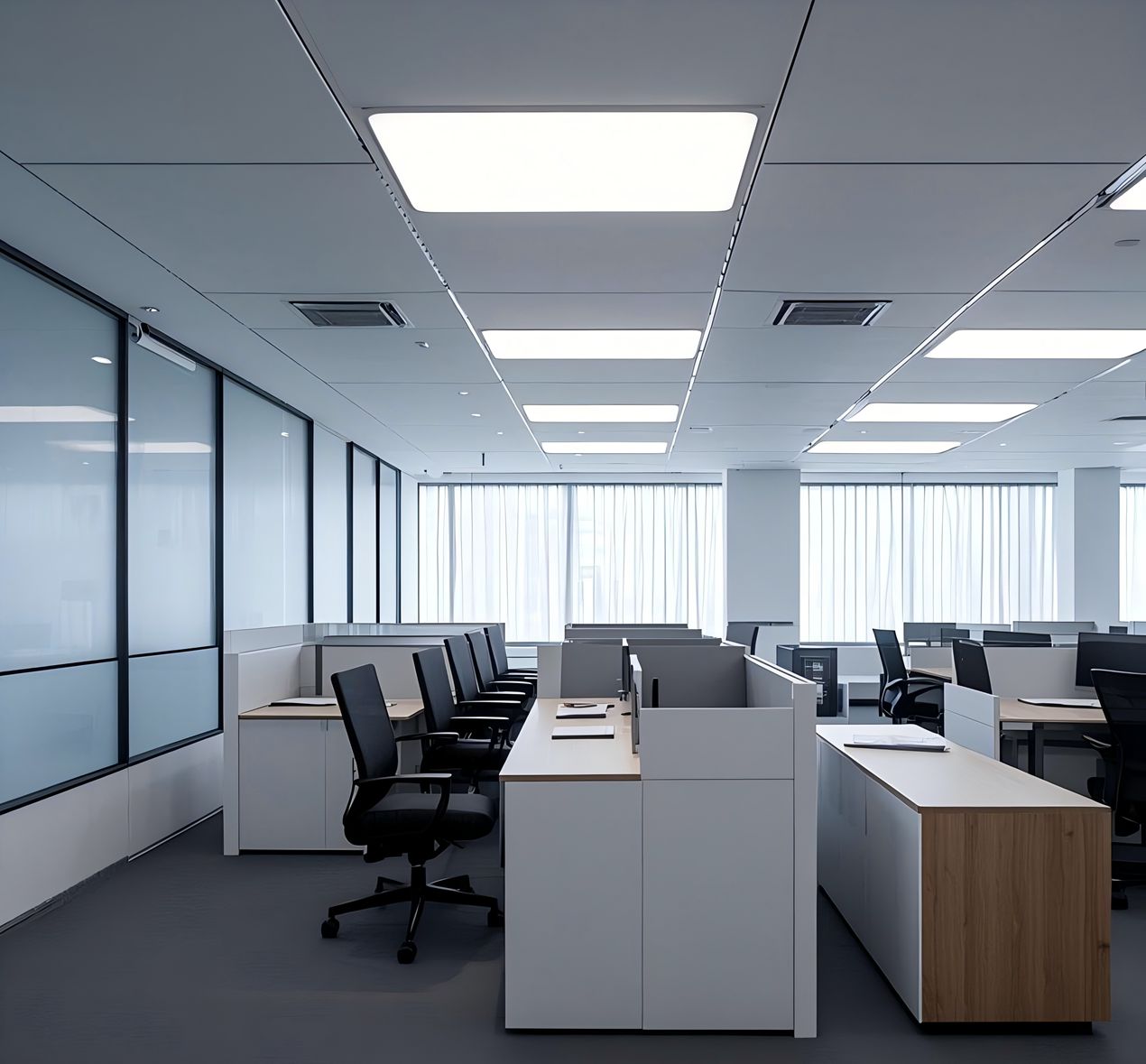
3 functions lighting functions in the steam room
In simple terms, the base function of lighting in the steam room is lighting up the dark place, the second is good lighting functions of lighting intensity and lighting comfort, and the third is excellent lighting design that improves customer retention rate.
A good lighting design in the steam room can make clients more relaxed and comfortable, as feel warmth at home, as well as establish a brand image.
Best light fixtures options for steam rooms
The steam room is a high-temperature and humidity environment, so excellent waterproof and heatproof functions of light fixtures are necessary.
Filament lamps with the function of airtight sealant that prevents exposure to moisture have been used for a long time in saunas and steam rooms, also being the go-to choice for residential and commercial sauna rooms. However, the lamp easily gets heated for its high capacity.
For another example, fiber optic light unlike filament-+ lamps which can lead to electrical fires, can withstand high temperatures up to 392 degrees Fahrenheit or 200 Celsius, and is more suitable for installation in moist conditions.
Compared to both, LEDs are the safest and most dependable lighting alternative. It is the reason that LEDs have high quality with adequate safety standards, which can tolerate humid and hot environments, and they are more energy-efficient as well. Most people select bulkhead LED lamps, recessed LED lights, LED strips, and LED neon flex for their commercial sauna and steam room.
Other considered factors in the steam room lighting
Generally speaking, a good lighting system may include the factors of safety assurance, brightness, color, energy efficiency, and lifespan. LED lights are generally preferred for their low heat output, long-lasting performance, and ability to change colors.
Besides, as for the location, the light fixtures can be installed on the ceiling, wall, or under the bench of the steam room. The location of the light affects the illumination, visibility, and ambiance of the steam room. Ceiling lights provide general lighting, wall lights create accent lighting, and under-bench lights add a subtle glow.
The style of the light fixtures can have different shapes, sizes, and finishes to suit the décor and design of the steam room. The light fixtures should be water-tight, vapor-proof, and corrosion-resistant to prevent damage from moisture and heat. The light fixtures should also blend well with the steam room materials, such as tiles, stones, or wood.
Consider incorporating lighting controls that allow you to adjust the brightness or color temperature of the lights. This can enhance the ambiance and provide flexibility for different preferences and moods.
How to maintain and clean the steam room lighting system?
Maintaining and cleaning the steam room lighting system is essential to ensure its longevity, efficiency, and safety. Before installation, you should choose lighting fixtures that are easy to clean and maintain. Since steam rooms can accumulate dirt and grime more quickly than other areas, it's important to select fixtures that can be easily accessed and cleaned without compromising safety.
 |
 |
Below are some steps for maintaining and cleaning the steam room lighting system.
# Switch off the Power: Before attempting any maintenance or cleaning tasks, always switch off the power to the steam room lighting system. This will prevent the risk of electric shock.
# Regular Inspections: Conduct regular visual inspections of the lighting fixtures to check for any signs of damage, such as cracks, loose connections, or water ingress. If you notice any issues, address them promptly to prevent further damage or potential hazards.
# Cleaning Frequency: Conduct regular visual inspections of the lighting fixtures to check for any signs of damage, such as cracks, loose connections, or water ingress. If you notice any issues, address them promptly to prevent further damage or potential hazards.
# Cleaning Method: Use a mild, non-abrasive cleaning solution or a mixture of water and mild soap to clean the lighting fixtures. Avoid using harsh chemicals or solvents that could damage the fixtures. Gently wipe the fixtures with a soft cloth or sponge, ensuring that the cleaning solution does not come into contact with electrical components.
# Remove Dust: Dust can accumulate on the surface of lighting fixtures, affecting their performance and appearance. Use a soft brush or a vacuum cleaner with a brush attachment to remove dust from the fixtures. Pay attention to any ventilation openings or crevices where dust may accumulate.
Besides, necessary to check seals and gaskets, and replace faulty bulbs regularly. If you are unsure about any aspect of the maintenance process, it's recommended to consult with a professional electrician or lighting technician for guidance and assistance.










